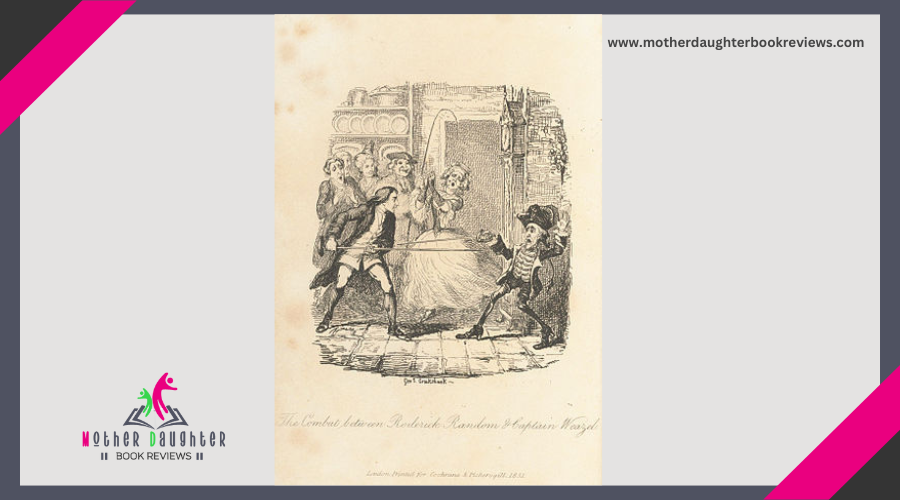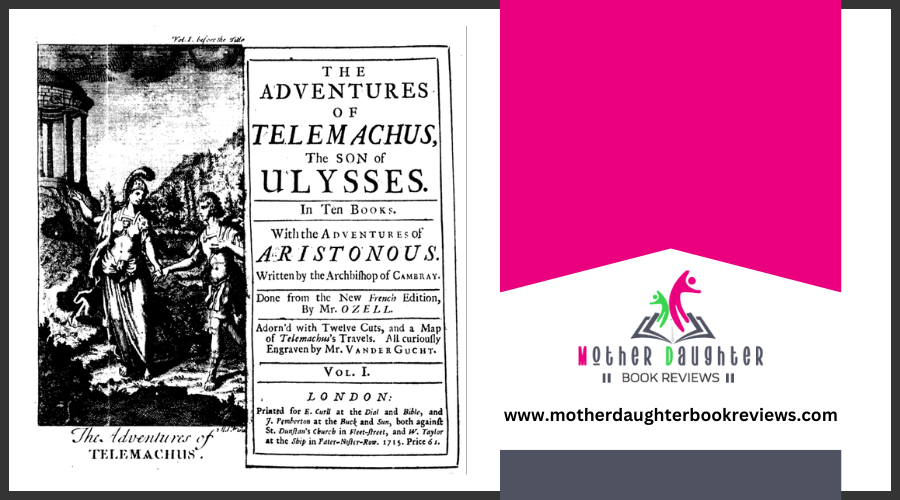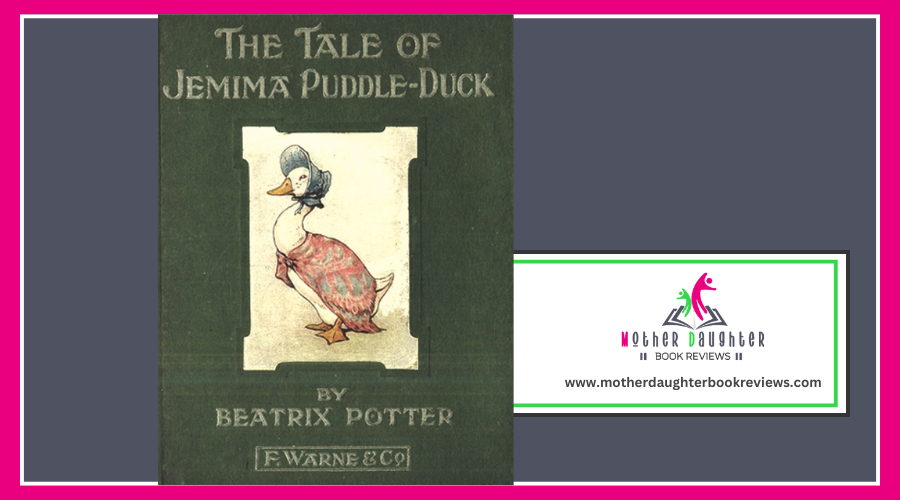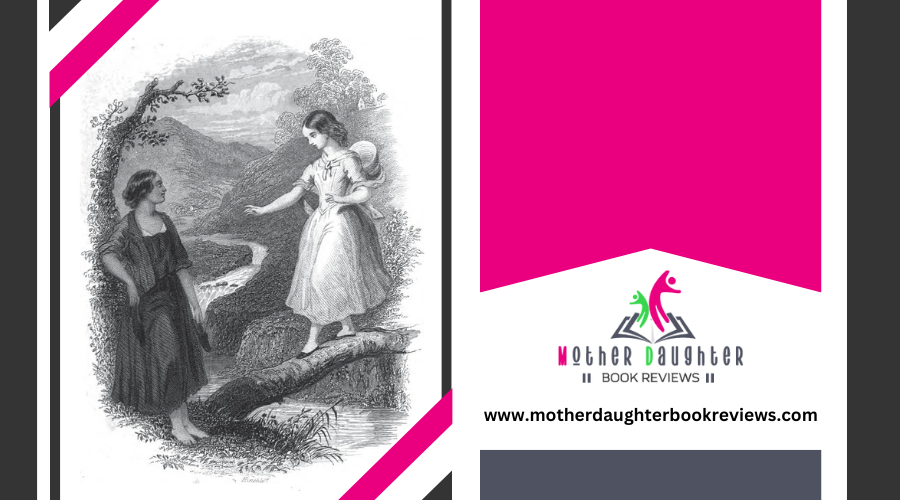The Continuing Adventures of Huckleberry Finn

In "The Adventures of Huckleberry Finn," you'll plunge into thrilling escapades and mischievous antics as Huck and Jim navigate the mighty Mississippi River. Their expedition starts with a desperate escape, challenging societal norms and forging an unlikely friendship. The river becomes a sanctuary where they outwit con men like the Duke and the King and don clever disguises to evade danger. Every twist and turn tests Huck's morality and strengthens their bond, all while critiquing the world they're fleeing.
Huck and Jim's Unlikely Friendship
How often do you come across a friendship as unexpected and transformative as Huck and Jim's? Their bond defies the rigid societal norms of the time, showcasing a unique dynamic that evolves markedly throughout their expedition. You see Huck, a young boy raised in a deeply prejudiced society, form an unlikely alliance with Jim, a runaway slave. This friendship isn't just a simple companionship; it's a profound connection that challenges the very core of the societal norms they've grown up with.
In the beginning, Huck grapples with the ingrained beliefs of his upbringing, often questioning the morality of helping Jim. However, as they navigate their adventures, you notice how their friendship dynamics shift. Huck begins to see Jim not as a slave, but as a human being with emotions, dreams, and fears. This evolving perspective is crucial, as it highlights Huck's internal conflict and growth.
Escaping to the Mississippi
As Huck and Jim set off towards the Mississippi, you can feel the palpable sense of urgency and desperation driving their escape. They're not just running away; they're seeking liberation from the constraints of a society that's failed them. Huck's abusive father and Jim's status as a runaway slave create a bond of necessity between them. The river expedition becomes their lifeline, a winding escape route offering the promise of freedom and adventure.
As you follow their expedition, you notice how the river itself symbolizes a path to autonomy, yet it also reflects the complexities of their societal critique. The Mississippi River is both a sanctuary and a perilous expanse, illustrating the unpredictable nature of their quest for freedom. Huck's evolving conscience and Jim's unwavering resolve highlight the flaws and hypocrisies of the society they've left behind.
Traveling by night to avoid detection, they navigate through dense fog and treacherous currents. Each stroke of their paddles takes them further from the oppressive norms they're escaping. Their shared struggles and triumphs on the river underscore the deepening friendship and mutual respect that define their expedition. This voyage isn't just about physical distance—it's about breaking free from societal chains.
Encounters With Con Men
Why do Huck and Jim keep running into such unsavory characters? As they travel down the Mississippi, they encounter a series of con men, most significantly the Duke and the King. These swindlers embody the scams and deception that run rampant in the society Huck and Jim navigate. You'll notice that Huck often faces moral ambiguity when dealing with these characters. Although he's aware of their dishonest nature, he sometimes finds himself reluctantly going along with their schemes.
In one significant episode, the Duke and the King pretend to be British brothers of a deceased man to swindle his inheritance. Huck is initially torn; he knows it's wrong, but he's also afraid of what might happen if he exposes them. This inner conflict speaks volumes about his evolving sense of morality. You'll see Huck's growing discomfort with the con men's actions, leading him to eventually take a stand and help the rightful heirs.
The Raft as Sanctuary
The raft symbolizes freedom and safety for Huck and Jim, acting as a sanctuary from the perils and prejudices of the world around them. On the raft, they find a sense of emotional refuge, where society's harsh judgments and dangers can't reach them. This floating piece of wood becomes much more than a mere vehicle; it's a microcosm of their own world where they can live by their own rules and values.
When you think about raft symbolism, consider how it represents a break from the constraints of civilization. On the raft, Huck and Jim are equals, free from the racial and social hierarchies that dominate their lives on land. They share stories, dreams, and a camaraderie that society would never allow. The Mississippi River itself serves as a conduit for their expedition toward freedom, but the raft is their true home, their emotional refuge.
Adventures in Disguise
Stepping off the raft and into the world beyond its sanctuary, Huck and Jim often find themselves forced to adopt different disguises. These adventures in disguise are essential for their survival and freedom. As Huck investigates identity exploration, he becomes adept at creating clever disguises to navigate the challenges they face. Each disguise isn't just a change of clothes; it's a transformation that allows them to evade danger and gather information.
Consider these four instances where their clever disguises play an instrumental role:
- Huck as a Girl: When Huck dresses as a girl to gather information in town, he learns about the townspeople's suspicions and plans.
- Jim as an "Arab": To protect Jim from being captured, Huck and Tom Sawyer disguise him as an Arab during their elaborate escape plan.
- Huck as Tom Sawyer: Huck assumes Tom Sawyer's identity to rescue Jim, showcasing his quick thinking and adaptability.
- Huck as George Jackson: Huck adopts the alias George Jackson to blend into the Grangerford family, which helps him understand their complex feud.
Through these episodes, Huck and Jim's adventures in disguise underscore their ingenuity and highlight the significant theme of identity exploration.
Themes of Freedom and Rebellion
Freedom and rebellion pulse through the heart of "Adventures of Huckleberry Finn." Huck and Jim's expedition down the Mississippi River isn't just a physical escape; it symbolizes their break from societal constraints and oppressive norms. Huck's odyssey is a powerful exploration of individuality vs. conformity. As he drifts away from the civilized world, he rejects the societal expectations that dictate how he should think and behave. Huck's decision to help Jim, a runaway slave, represents a stark defiance against the accepted social order of his time.
Wrapping Up
You see Huck constantly battling between what society has taught him and what he believes is right. This internal conflict highlights his struggle for personal freedom. Jim's quest for liberty from slavery mirrors Huck's rebellion against societal impositions. Together, they form a partnership that defies the rigid conformity of their world.
Through their adventures, Twain critiques the absurdity of societal expectations and celebrates the courage it takes to stand against them. By following Huck and Jim's odyssey, you witness a profound message about the power of breaking free from societal norms to embrace one's true self. Their story encourages you to question conformity and champion individuality.




